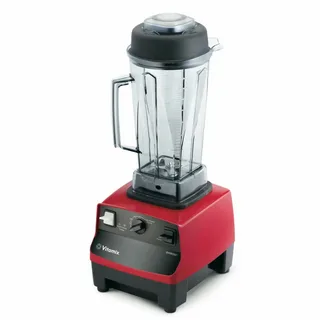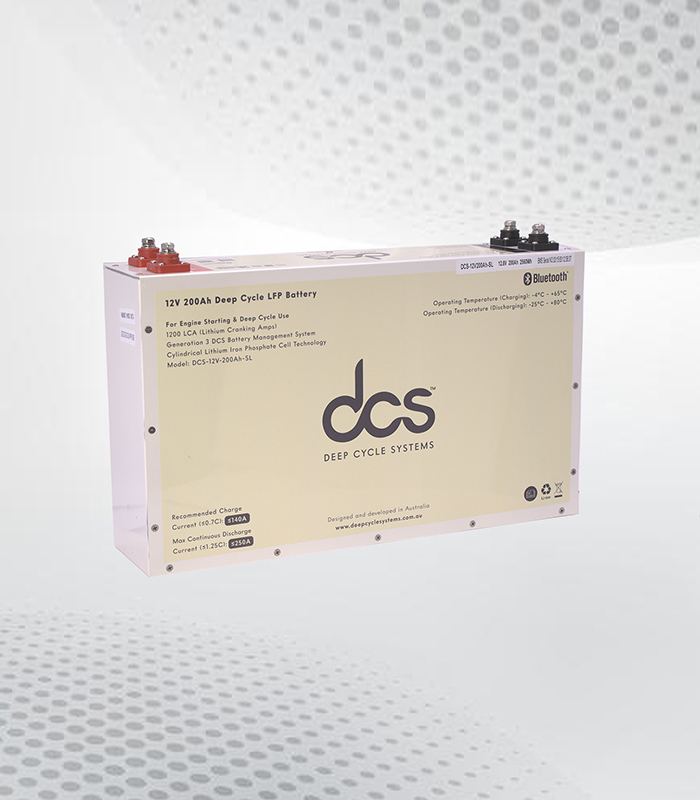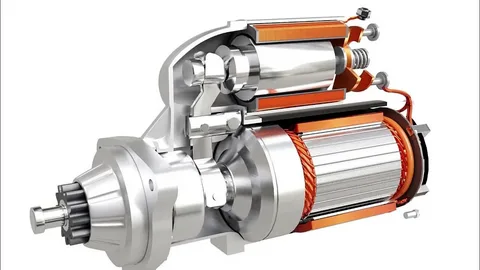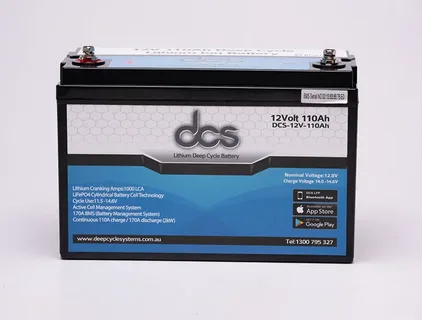In-home baking, achieving that perfect texture and consistent flavour can sometimes feel like an elusive dream. Enter the Vitamix Blender a game-changer for novice bakers and seasoned pros alike. With its powerful motor and innovative blade technology, this kitchen appliance is designed to transform ingredients into silky batters and doughs quickly. Whether mixing up a rich cake batter or creating a smooth frosting, a Vitamix can elevate any recipe.
Imagine blending nuts into creamy butter or effortlessly incorporating dry ingredients without lumps. The versatility of the Blender opens up a realm of possibilities in the baking arena. This guide dives deep into how it can enhance textures and consistency, ensuring every baked good turns out just right. Ready to unlock your baking potential? Let’s explore how this extraordinary tool can make all the difference in your culinary creations!
Choosing the Right Blender Model for Baking Needs
Selecting the perfect Blender model for baking needs is essential. Each model offers unique features tailored to various culinary tasks. For those focused on versatility, the A3500i stands out. It comes equipped with intelligent technology, allowing users to customize blending times and speeds effortlessly. This makes it ideal for creating everything from velvety batters to chunky nut butter.
If budget constraints are a concern, consider models like the Vitamix E310 or E320. They still provide robust power and durability without breaking the bank. Bakers who prioritize simplicity might lean towards options that feature pre-programmed settings. These allow for easy one-touch blending while ensuring consistent results every time. Understanding specific baking requirements will guide choices in this vast lineup of blenders, providing an optimal fit for any kitchen baker’s aspirations.
Understanding the Vitamix Blade Technology for Consistent Blending
When it comes to high-performance blenders, Vitamix stands out due to its advanced blade technology, which plays a crucial role in delivering consistent and efficient blending results. Here’s a closer look at what makes Vitamix blades so effective:
Precision Engineered Blades
Vitamix blades are precision-engineered to create a vortex that pulls ingredients into the centre of the container. This design ensures that all ingredients are uniformly processed, whether you’re making smoothies, soups, or sauces.
Laser-Cut Stainless Steel
The blades are crafted from laser-cut stainless steel, which ensures durability and sharpness. This material is corrosion-resistant and can handle harsh ingredients like ice and frozen fruits without losing its edge.
Variable Blade Speeds
Blenders offer variable speed settings that allow users to control the texture and consistency of their blends. The powerful motor and blade speed can be adjusted to achieve anything from a smooth puree to chunky salsa.
Self-Cleaning Capability
Another advantage of Vitamix blades is their self-cleaning feature. The blades can be cleaned thoroughly without manual scrubbing by adding a drop of dish soap and water and running the blender on high.
Durable Design
The design of Vitamix blades ensures that they remain sharp and effective over time, providing a long-lasting blending solution. This durability means users can expect consistent performance and quality in every blend.
Vitamix’s blade technology is engineered for efficiency, durability, and precision, making it a standout choice for those seeking reliable blending performance.
Preparing Ingredients for Optimal Texture and Consistency
Preparing ingredients properly is crucial for achieving the desired texture and consistency in baked goods. Start by measuring dry ingredients accurately. Use a kitchen scale for precision, especially with flour. When using liquids, consider temperature. Room-temperature eggs and dairy blend more smoothly into batters and doughs, enhancing consistency.
Chopping or pre-processing ingredients like nuts can also make a difference. Smaller pieces incorporate evenly without overworking the blender. Peeling and chopping fruits or vegetables ensures they break down seamlessly during blending. This minimizes chunks that could disrupt the final product’s texture. Layering ingredients in the Vitamix matters, too. Place heavier items at the bottom to ensure even mixing while lighter components float on top until thoroughly blended. Taking these steps will elevate any baking endeavour significantly.
Setting Up Your Vitamix A3500i Blender for Baking Recipes
Setting up the Vitamix A3500i for baking recipes is a breeze. Start by placing the blender on a stable surface, ensuring it’s within reach of an electrical outlet. This model boasts an easy-to-use touchscreen interface that simplifies adjustments. Next, assemble all necessary components, including the container and lid. Use the 64-ounce container for more prominent dry ingredients like flour or sugar batches.
When blending batters or doughs, use the tamper included with your blender. It helps push down ingredients as they mix without stopping the motor. Ensure to pre-measure your ingredients for efficiency. Layering liquids before solids enhances blending consistency and prevents clumping at the bottom of the container. Adjust speed settings according to recipe requirements—starting slow and then increasing gradually works best for even mixing results. With these simple steps, achieving perfect textures becomes much more accessible.
Blending Techniques for Smooth and Creamy Batters
Achieving smooth and creamy batters requires the proper blending techniques. Thanks to its robust motor and precision blade design, the Blender shines in this area. Start by adding wet ingredients first. This creates a vortex that pulls dry ingredients down for even mixing. Gradually introduce flour or other dry components while gently pulsing the blender.
Utilizing varying speeds can significantly enhance texture. Begin on low to incorporate all elements without splattering, then switch to medium-high for thorough blending. Pause occasionally to scrape down the sides of the container, ensuring all batter is uniformly mixed. For particularly thick mixtures, using the tamper helps guide stubborn lumps towards the blades. Experiment with different durations as well; short bursts may yield a chunkier texture, while longer blends create silky smoothness ideal for cakes or muffins. With practice, these techniques will elevate any baking project effortlessly.
How to Achieve the Perfect Dough Consistency with Vitamix
A Blender can elevate any baking experience by achieving the perfect dough consistency. Start by measuring your ingredients accurately. This ensures that the ratios are correct, leading to a better texture.
- Add wet ingredients first, followed by dry ones. This method helps create a smoother mixture and prevents clumping. The A3500i’s powerful motor blends efficiently while maintaining control over texture.
- Use the variable speed settings to increase blending intensity gradually. Begin at low speeds, then ramp up as needed for optimal mixing and kneading without overworking the dough.
- Pulse functions can also be beneficial. They allow for precise handling of thicker doughs and ensure even incorporation of all components without turning them into a paste.
- Once blended, check consistency visually and manually if necessary. Adjust liquid or flour quantities based on desired results before shaping or resting your dough.
Mastering Texture Control with the Vitamix A 3500 Pulse Feature
The Vitamix A 3500 features a powerful pulse option for exceptional texture control. This setting is ideal for recipes requiring varying consistencies, from chunky salsa to silky smoothies. Using the pulse feature gives bakers the ability to blend ingredients incrementally, ensuring precise texture adjustments without over-processing.
For instance, when making cookie dough, pulsing helps integrate flour and sugar while leaving more significant chunks of chocolate intact. It’s an effortless way to achieve that perfect mix. Experimenting with different pulses can yield surprising results in batters as well. Short bursts create air pockets essential for light and fluffy cakes. Bakers will appreciate how this technique enhances creativity in their kitchen adventures by quickly allowing tailored textures. The result? Masterpieces that not only taste great but also have a delightful mouthfeel.
Blending Nuts and Seeds for Homemade Nut Butter and Flour
Creating homemade nut butter and flours with a Blender opens new culinary possibilities. The powerful motor and sharp blades effortlessly break down nuts and seeds into creamy spreads or refined flours. Start by selecting your preferred nuts or seeds. Almonds, cashews, and sunflower seeds work beautifully for nut butter variations. For flour, try using almonds or hazelnuts for an enriched flavour profile.
Blend in short bursts. This method prevents overheating while allowing the mixture to reach the desired consistency smoothly. Scrape down the sides as needed to ensure everything blends evenly. Adding a pinch of salt can enhance flavour without overwhelming it. A touch of honey or maple syrup can introduce nut butter sweetness perfectly balanced with savoury dishes. Experimenting with different combinations can lead to unique flavours tailored to personal preferences.
Incorporating Dry Ingredients Efficiently in Your Vitamix Ascent A3500
Incorporating dry ingredients into recipes can be challenging, but the Vitamix A3500 makes this task smooth and efficient. The key is to layer your ingredients strategically. Add heavier items like flour or cocoa powder at the bottom of the container. This ensures they get blended thoroughly without clumping. Next, add lighter ingredients such as baking powder or spices on top for even distribution.
Using the tamper tool can also help push down any stubborn bits that cling to the sides. It’s designed to mix those hard-to-reach areas without interrupting the blending process. Adjusting speed gradually while blending helps achieve an even consistency throughout your mixture. It’s important not to rush; let each ingredient integrate fully before increasing speed again. With these techniques, achieving a well-blended batter or dough becomes effortless with your Vitamix Ascent A3500.
Tips for Adjusting Blender Speed for Different Recipe Requirements
When using a blender, achieving the right texture and consistency for your recipes is essential. Adjusting the blender speed can significantly impact the final result, whether you’re making smoothies, soups, or sauces. Here are some tips for adjusting blender speed to meet different recipe requirements:
Start Slow for Chunky Recipes
Start blending at a low speed for recipes that require a chunky texture, such as salsa or chunky soup. This helps to break down ingredients gradually without turning them into a puree. Gradually increase the speed as needed to achieve the desired consistency.
Use High Speed for Smooth Blends
For smoothies and purees, a high speed is often necessary to ensure that all ingredients are thoroughly blended and smooth. High speed helps to break down fibrous ingredients and ice, creating a creamy texture.
Pulse for Controlled Mixing
Use the pulse function when dealing with ingredients that need precise control, such as nuts or certain vegetables. This allows you to blend in short bursts, giving you better control over the texture and preventing over-processing.
Adjust for Thickness
Thicker mixtures, like dough or thick sauces, may require a slower speed to ensure even blending without overworking the motor. Conversely, thinner liquids can benefit from higher speeds for a thorough blend.
By understanding and adjusting the blender speed based on these tips, you can enhance the quality and texture of your recipes, achieving perfect results every time.
Conclusion
The Vitamix Blender is essential for home bakers aiming to elevate their culinary creations. Its powerful performance and innovative features significantly enhance the texture and consistency of various recipes. With a suitable model, such as the A3500i, bakers can experience a seamless blending process that transforms ingredients into smooth batters and doughs. Mastering different techniques unlocks endless possibilities in baking. This versatile appliance supports creativity, enabling homemade nut butter or flour experimentation. The ability to control speed and utilize unique settings further enhances its functionality in any kitchen.
FAQS
What is the best Vitamix Blender model for baking?
The Vitamix Blender is popular among home bakers due to its advanced features and versatility. Its handling of various textures makes it ideal for blending batters and doughs.
Can I use my Vitamix to knead the dough?
While the Vitamix can blend ingredients thoroughly, it’s not designed explicitly for kneading like a traditional stand mixer. However, it can help achieve a well-mixed dough consistency before transferring it to a surface for hand-kneading.
How do I clean my Vitamix after making batter or dough?
Cleaning your blender is simple. Fill it halfway with warm water and add a drop of dish soap. Blend on high for 30 seconds, then rinse thoroughly.
Is there an optimal speed setting when blending cake batter?
Starting at low speed and gradually increasing helps incorporate air without overmixing. Medium speeds work best for thick batters until the desired texture is reached.
Can I blend frozen fruits in my Vitamix while making cakes or pastries?
Absolutely! The robust blade technology allows you to blend frozen items seamlessly into your recipes, enhancing flavour and nutrition without compromising texture.




